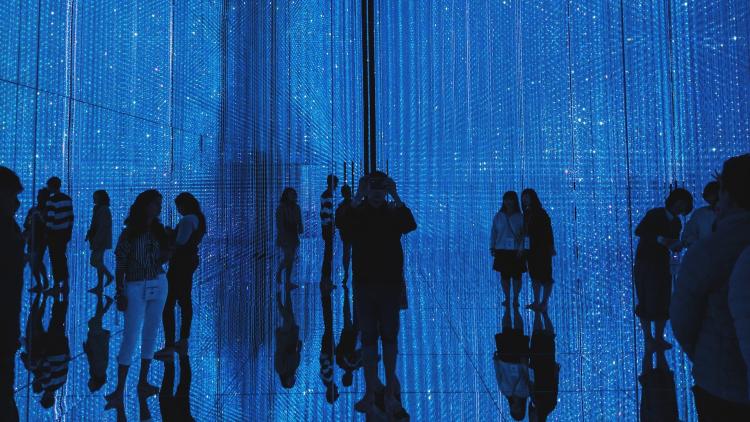Islamic Visual Culture

Key information
- Start date
- End date
- Year of study
- Any
- Duration
- Term 2
- Module code
- 15PARH065
- FHEQ Level
- 7
- Credits
- 15
- Department
- School of Arts & Department of History of Art and Archaeology
Module overview
This module concerns the socialisation of vision in the premodern urban Islamic world, with particular reference to North Africa.
Attention will be paid to the sociological factors that influence vision and help determine what is visible and invisible for any given region of this world, as well as to architectural elements of the built environment that reinforce and index aspects of this socialized vision. In brief, this module concerns the social construction of vision in the premodern urban Islamic world, with particular reference to the medinas of North Africa.
Although the definition of visuality is not yet fixed in scholarship, so relatively new is it, in this module we shall follow W.J.T. Mitchell’s usage of the term. Thus, visuality will be taken to mean the social construction of the visual field and the visual construction of the social field. The study of Islamic visuality will therefore be the study of the social construction of the visual field and the visual construction of the social field as this construction pertains to the Islamic world.
Islamic visuality, in all of its spatio-temporal manifestations, is a subject that has received little scholarly attention. In studying premodern Islamic visuality, this module therefore remains both exploratory and innovative.
Objectives and learning outcomes of the module
On successful completion of this module students will be able to
- Understand themes, issues, and debates related to the study of visuality in general and Islamic visuality in specific.
- Identify and compare different approaches to the study of visuality and Islamic art, and assess critically the materials and themes explored in the module.
- Additionally, having worked through some of the issues involved in trying to define one particular spatio-temporal expression of a non-Western visuality, namely, the visuality of premodern Islamic North Africa, students will be able to act similarly elsewhere, either with regard to another expression of Islamic visuality or in other fields of the arts.
Workload
- Lectures: 1 hour per week
- Seminars: 1 hour per week
Method of assessment
- 1,000-word essay (worth 30% of marks)
- 2,000-word essay (worth 70%)
Disclaimer
Important notice regarding changes to programmes and modules.



